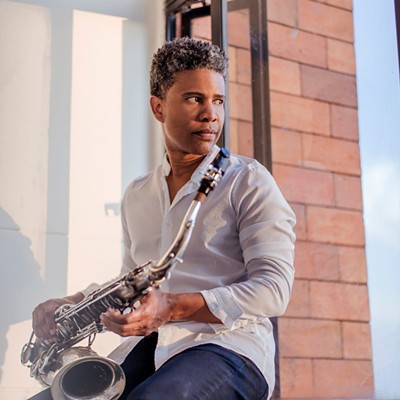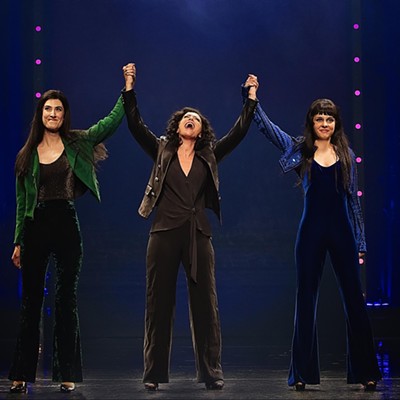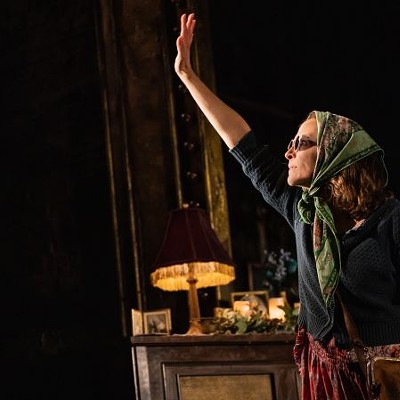Midtown
The history of Houston begins with what became its downtown and Midtown areas, which are the oldest in the city. In its early years, Houston was divided into neighborhoods called wards. Today's Midtown neighborhood is located on land that was once part of the Third and Fourth wards.
The original developers placed single-family Victorian homes on small lots of approximately 5,000 square feet. According to the Midtown, Houston, Texas site: "The homes were generally 4,000-6,000 square feet in size and occupied by families of the original founders of the Humble Oil & Refinery Company. The subdivision flourished through the mid 1940's and began to decline into the 1980s and '90s as a result of the sudden decline in oil production."
Houston's population grew by less than 1 percent between 1980 and 1990, and the area that includes Midtown was the only district in the state of Texas to lose population during that time. The neighborhood better known as Midtown after 1990 consisted of vacant land, boarded-up buildings, a few single-family residences and some prosperous businesses-. After decades of decline, Midtown was considered a pretty rough area by many people. That perception has changed a lot as the area has revitalized in recent years, and it's now a hip part of town that attracts a very diverse cross section of residents and visitors for both its housing and its restaurants. Midtown is home to the Houston Community College's central campus as well as several churches, clinics and shelters. Increasingly in recent years, developers have been putting in townhomes and apartments. One consequence of the improvements in the area is that some of the Vietnamese-American restaurants and other businesses have left because of rising rents.
Laura Levine and her partner, Mike Hildebrand, love Midtown and downtown so much that they chose to live in the area and operate a second business right off Main Street. "The Place Upstairs" is the darker cousin of their vintage resale business located in The Heights.
"Mike and I decided to open a second shop and stock it with stuff from our personal collections," she said. "The result was 'The Place Upstairs,' a curiosities boutique filled with weird antiques, medical oddities, Victorian jewelry, vintage purses, taxidermy and other rare items. Midtown just seems like the perfect location for us."
Midtown is enjoying a great rebirth, Hilde-brand said. "People in Midtown are bringing back the old buildings and fixing them up instead of just tearing everything down, and that adds a lot to the character of the neighborhood. The area also doesn't really have many giant national chain stores, and everything seems locally owned, which is really cool. The METRORail line really ties the area together and makes it easy to get around if you live here. And the area really seems to be exploding with new people these days."
Midtown's population has more than doubled over the past ten years. Much of that increase has been among young people seeking a neighborhood that will provide them with opportunities to live close to work and spend recreational time without lengthy commutes around town.
Residents of Midtown also seem to have a sense of community that Levine likes.
"I've fallen in love with this neighborhood. There's so much to do and so many things going on, but it's such a cool, laid-back place. Along with all of the small, locally owned businesses, there are also fabulous restaurants and an awesome nightlife. The neighborhood has rotating art shows, great live music, and they host a monthly block party the first Thursday of every month. Those things really make Midtown interesting and exciting. You never know what you might stumble across."
Sharpstown
Billy Kin sits in the waiting area near the entrance of Cafe 101 Chinese Cafe, the restaurant he and his wife, Iren Chou, own and run on Bellaire Boulevard in Sharpstown. Kin and Chou exude a sense of hard work and success as a young couple who built a popular restaurant in the heart of Sharpstown, a neighborhood that has experienced many changes since its creation more than 60 years ago.
In fact, it was the residents and businesses of the area that Lin says attracted him to Sharps-town. "The people. I love the diversity here. It's a very international area of town, and the Asian community is huge."
Of course, Sharpstown was a very different place during its early development. Originally the brainchild of developer Frank Sharp in the mid-1950s, it was completed in 1961 as a master-planned community that was groundbreaking for its time. A new suburb on the outskirts of Houston, Sharpstown started out as a popular area of mostly white residents that featured new-at-the-time neighborhood amenities such as an indoor shopping mall. Sharp was concerned about the need for easy transport between downtown Houston and his new neighborhood development, so he donated land to the state of Texas that became the Southwest Freeway. This ensured that Sharpstown would be connected to the heart of Houston and that deliveries to the new mall would be reliable. Back then the mall was named Sharpstown Center, and it offered shoppers perks such as air-conditioning, something that was not standard at the time.
Sharpstown was considered a good suburban area during its early years, with attractive neighborhoods and a high quality of living for its residents, but in 1971 and '72, its reputation was tarnished by the Sharpstown scandal, which tied Frank Sharp and high-level governmental officials to rampant stock fraud. As the years passed, large apartment complexes were built in the area, and some of them were not maintained well, which attracted crime and led some areas of the neighborhood to look blighted.
Hispanics and Asians flocked to the neighborhood in the '80s and '90s, while some whites migrated to other areas of town. Kin said he remembers the changes.
"Houston's original Chinatown was the one located near downtown, but in the 1990s, the Asian community really started to grow in Sharpstown, and when I was in high school, it was becoming the cool place to go hang out. Lots of new stores and restaurants were beginning to open back then."
Chou was born in Taiwan and went to high school in Vancouver, British Columbia, before moving to Houston. She also was quickly drawn to Sharpstown's thriving Chinatown area. "I wanted to open a cafe that specialized in the bubble teas and also traditional Chinese food served in small personal servings, which is different than the way most restaurants do things."
Now there are many Asian restaurants and specialty businesses in Sharpstown. Just a little further up Bellaire Boulevard from Cafe 101, the buildings lining the streets transition into specialty Hispanic businesses. Sharpstown now has a large mix of African Americans, Hispanics, and Chinese and Vietnamese people along with Anglos.
"Because Sharpstown is so diverse and has a huge minority population, you see many unique shops, restaurants and whatever is in between. You'll find the best ethnic food around in Sharpstown that you won't find anywhere else," Kin said. "We are starting to see more first-time diners at our restaurant, people that live in other areas around Houston coming to Sharpstown and Cafe 101 to sample food and buy groceries."
It's also obvious from the construction in the area that huge efforts are under way to improve the infrastructure around the neighborhood. Chou thinks this is necessary because Sharpstown continues to expand. "We believe Sharpstown is still growing. They're adding new sidewalks, street signs and bus stops, for example. The city is doing more and more to make Sharpstown more attractive."





